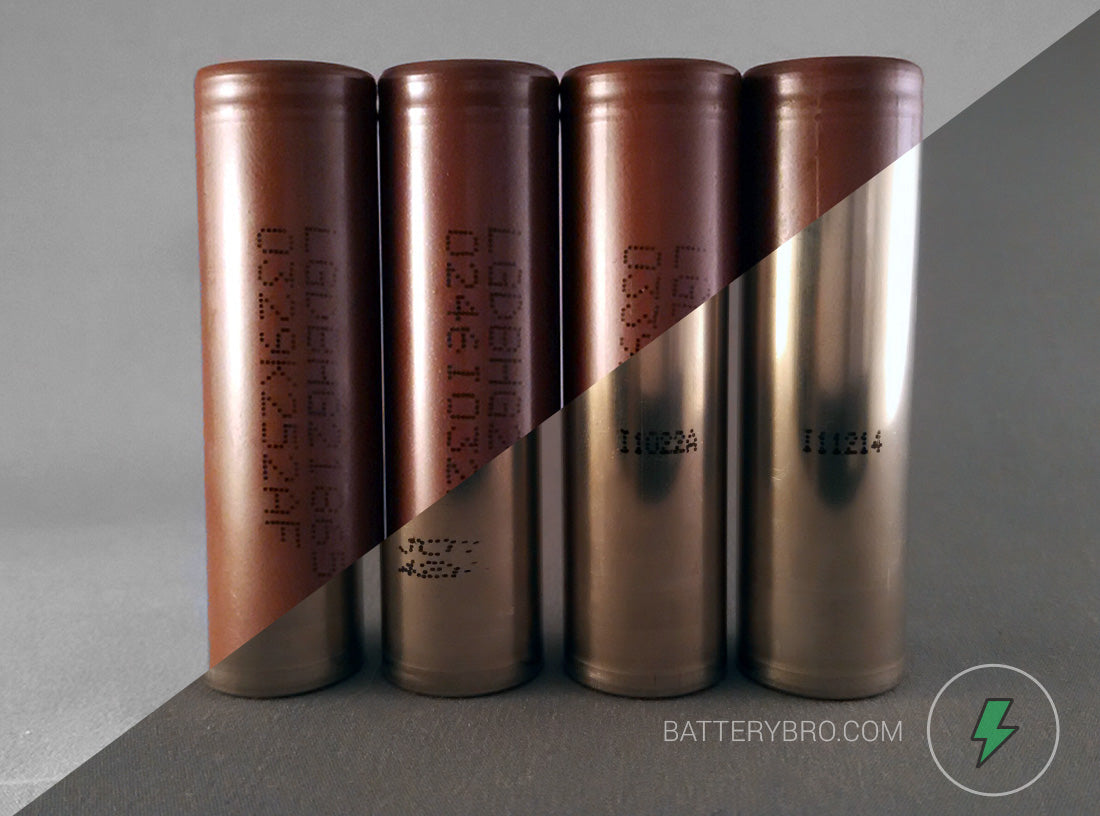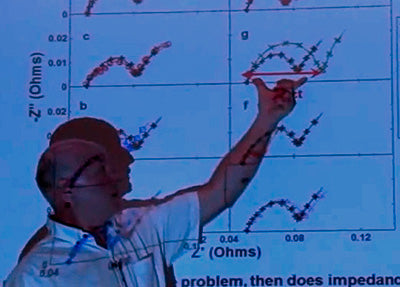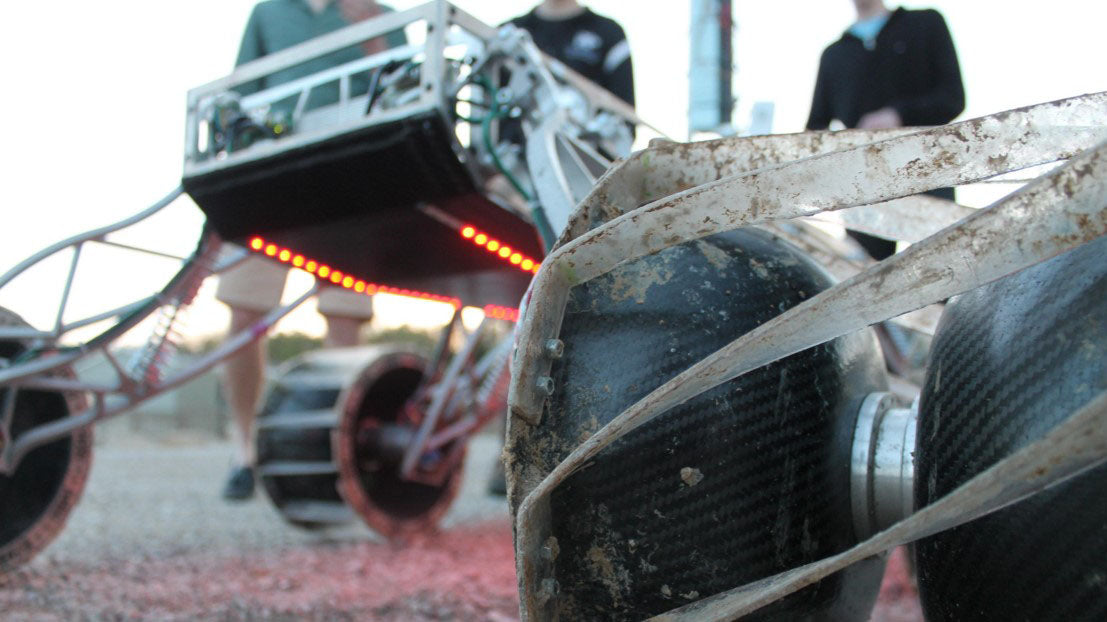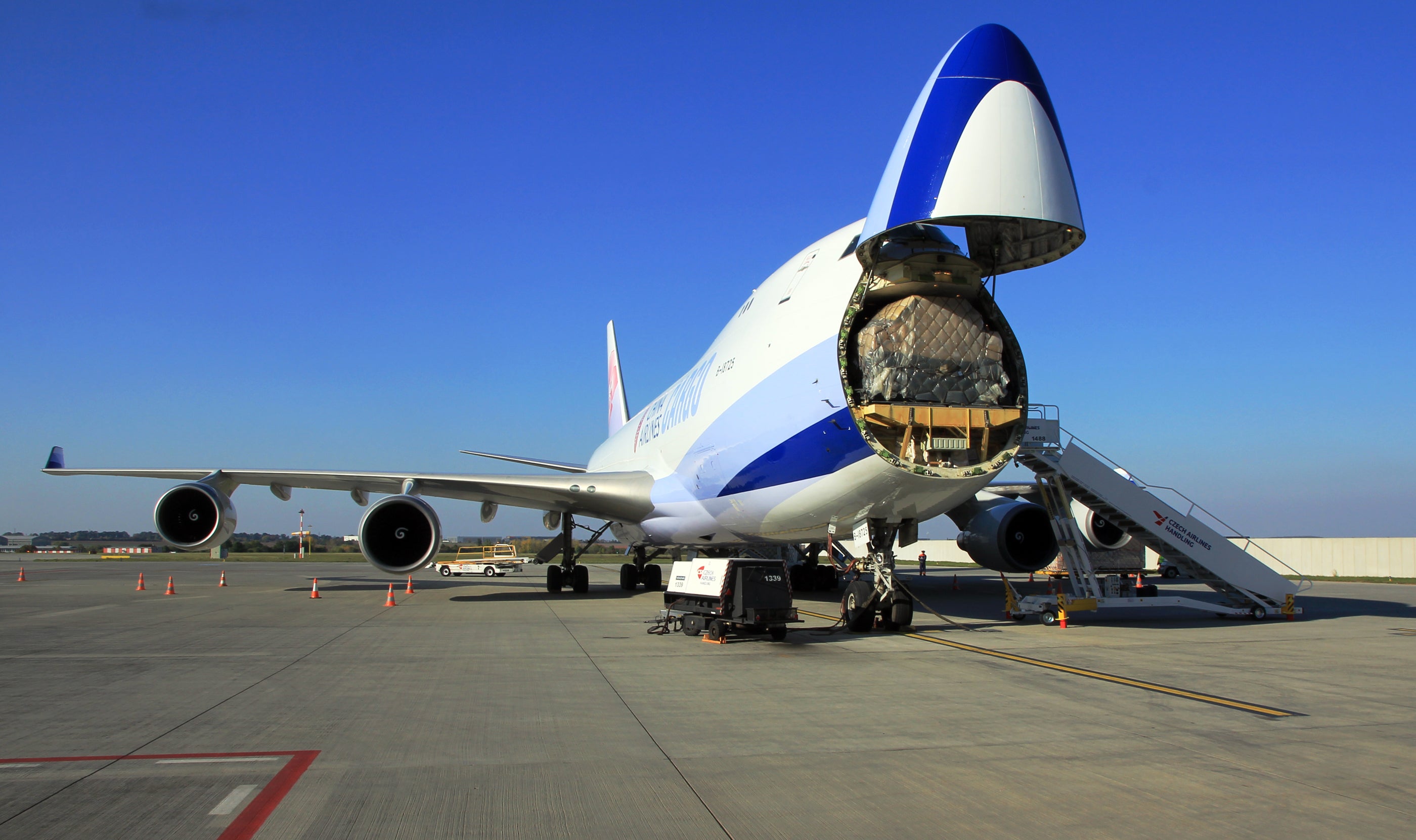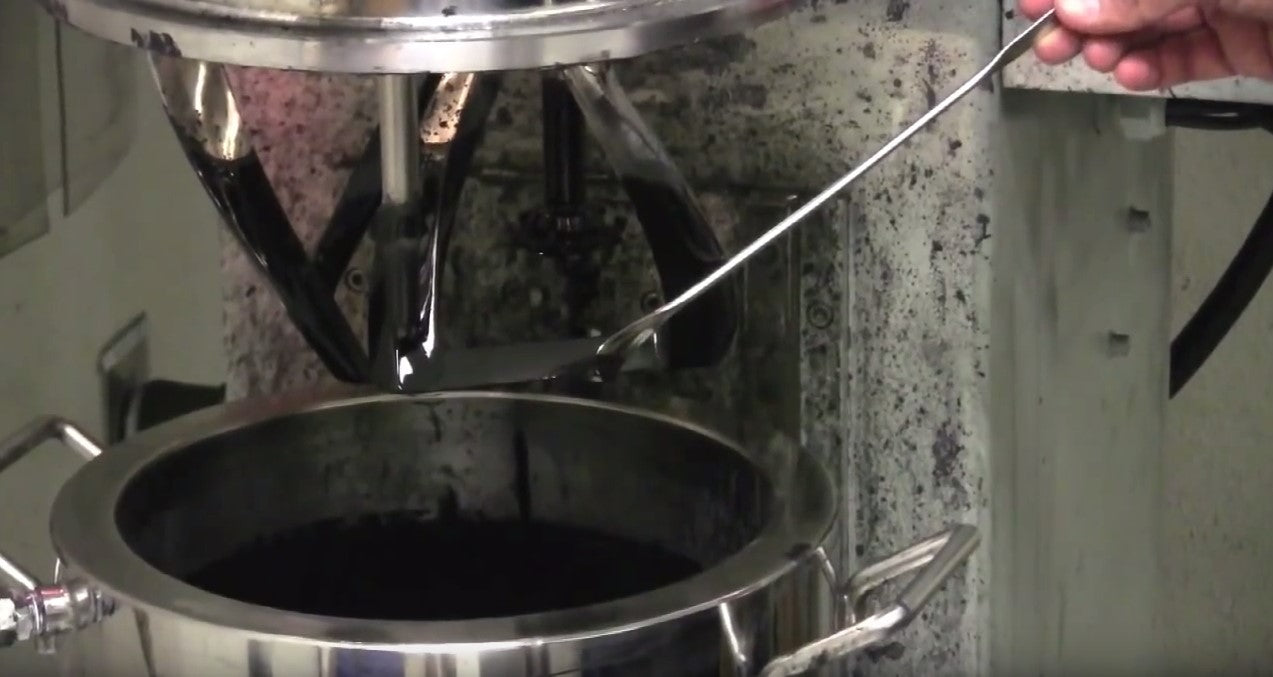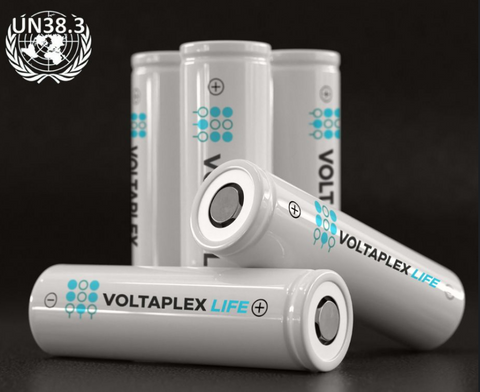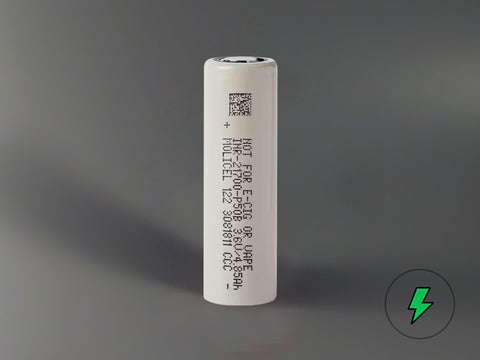LG in Europe, Israeli Solar, and a glance at Nissan’s lithium ion battery factory October 11 2015, 0 Comments
There is a lot of sensationalist battery news. Especially regarding breakthroughs. Pretty much none of these breakthroughs will ever affect us. The following three stories are concrete and dry - not sensationalist at all. Their purpose is to inform and help paint the big picture of how the lithium-ion industry is developing.
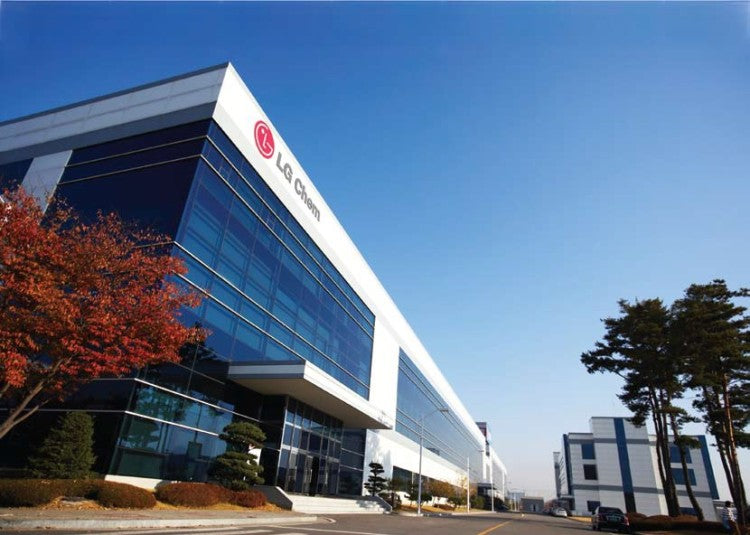
LG Chem
A new lithium ion battery factory in Europe
LG Chem has announced the building of a lithium-ion factory in Europe to mass produce li-ion batteries for electric vehicles. Europe has so far been supplied by a mix of Chinese and Korean cells.
A battery factory in Europe means two things. First, the growing demand for lithium-ion is evidenced by this move - and electric vehicles using over 2,000 individual cells each are reported as the main driver of demand.
The second thing is that the European battery market will soon get a better supply chain. Better because some Chinese suppliers can be potentially cut out as European wholesalers crop up. Quality control will likely improve, logistic difficulties (air shipping) will be reduced, and the overall life cycle of the cells are likely to go up as a result.
At 2,000+ cells per electric car, even a slight improvement to a cell’s capacity and life cycle will be multiplied and magnified.
Just how many batteries will this factory be able to produce?
- The factory in Ochang, Korea which currently supplies most of Europe has an annual capacity to produce 200,000 batteries.
- The US has one factory too (in Michigan) producing 50,000 batteries.
- And an LG Chem battery factory under construction in China will produce another 100,000 cells.
The factory set to open in Europe will have an expected capacity of 50,000 batteries per year. And it will probably open in Poland where LG has many of their European headquarter buildings already up and running.

Slightly unrelated: I found this picture when I Googled "Negev Desert". This is a solar trough which is actually a parabolic mirror that collects sunlight on its focal line. This particular one has a tube running along the focus.
Israeli solar plant will need 50,000 li-ion battery packs
The Facts:
- It’s going to be in Negev desert
- It is a 121 Megawatt solar power plant
- A division of Saft battery is responsible for providing the battery packs
- At its core is a 200 tall solar power tower
- It will power a steam turbine that makes power for 120,000 homes
Surrounding the tower are 50,000 computer-controlled heliostats. [Etymology breakdown:Helio means sun, Stat means stationary. First use: "an instrument for causing the sun to appear stationary" (1742)]
Each of the heliostats will slowly track the sun as it passes overhead of the mirrors throughout the day from dawn to dusk. This slow movement will be powered by lithium-ion battery packs. Each heliostat will have its own battery pack. Each battery pack is meant to last for 25 years before needing replacement.
Normally a centralized battery would be considered first as lithium-ion batteries perform best and last the longest when they are in a temperature controlled environment.
On the flip side, since each unit is self-reliant, one failure will not make a big difference and will not need to be fixed immediately.
In the end, the most important reason to give each heliostat energy independence was cost. If you have not figured it out yet, removing all cabling from such a system is the answer - and an insanely great way to remove complexity, and associated costs.

One of the battery modules Nissan produces
Let’s take a step inside Nissan’s lithium-ion battery factory
Recently this story came out where you can see a bit inside a battery factory. Here are some highlights from that article:
Quote: “There is only one step in the process where an employee actually touches the battery,” said Chris Whitaker.
- Bulk of assembly in 100,000 square foot clean room
- That makes it the largest clean room in the US
- Environmental condition is a constant 60 degrees and 1 percent humidity
- The machines create a new battery cell every 17 seconds
- The batteries are stored for a month while the anode and cathodes react and settle
- Technicians call this practice “bake and wait”
Now here is a really interesting one. On each battery is a code - that code obviously does quality control, tracks location, manufacturer date and so on of each cell when it is looked up. We have all seen a line of random numbers, symbols, or something that looks like a QR code on our batteries.
Nissan pointed out their codes track everything including the humidity of a cell on a certain day after it started “baking” to its particle count after finishing baking. The amount of data stored per cell is likely far beyond what the average consumer expects.
Here are some more facts:
- It cost USD 1.7 billion to set up the factory
- 80% of that investment was in the form of a government loan (to create jobs)
- Since Sep 2014, Nissan has sold 184,000 electric vehicles
- Inside these cars are a total of 14,000,000 individual lithium ion battery cells
To see all the pictures, please visit the original article.

